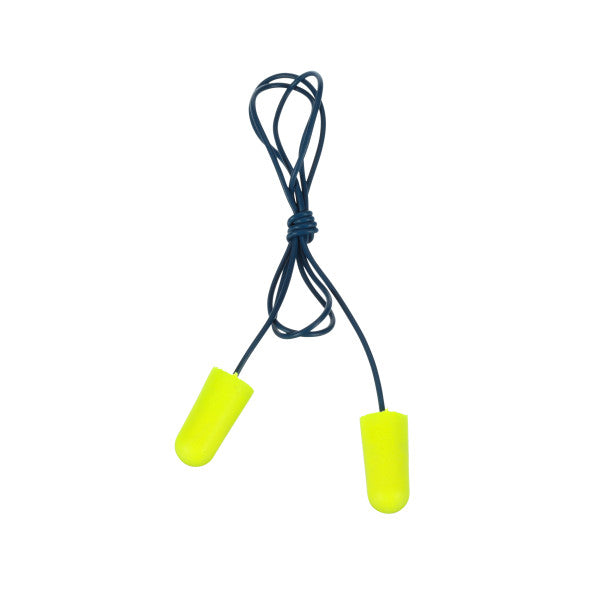3M E-A-Rsoft Metal Detectable Earplugs - Industry-Leading Protection
The gold standard for hearing protection in food processing and pharmaceutical manufacturing. Recognized by most metal-sensing systems with 32 dB NRR for superior noise reduction.
Critical Protection for Sensitive Environments:
Developed specifically for industries where product contamination prevention is critical. These earplugs feature both an implanted stainless steel ball bearing and metal particles in the cord, ensuring complete detectability by metal sensing systems.
Key Features:
-
Maximum Detectability: Stainless steel ball bearing implanted in earplug plus metal particles in cord
-
Superior Noise Reduction: 32 dB NRR - one of the highest ratings available
-
All-Day Comfort: Soft, pliable polyurethane foam for extended wear
-
Slow Recovery Foam: Seals ear canal effectively for reliable hearing protection
-
Hygienic Packaging: Poly bag keeps each pair clean before use
-
Test Compatible: Works with 3M E-A-Rfit Validation System for compliance verification
Recommended Applications:
Chipping, chiseling, drilling, furnace operations, grinding, heavy equipment operations, machining, pouring/casting, power fastening, riveting, sanding, sawing, welding
Ideal Industries:
- Food & Beverage Processing
- Pharmaceutical Manufacturing
- Agriculture
- Automotive Manufacturing
- Chemical Processing
- Healthcare Facilities
- General Manufacturing
- Oil & Gas
Product Specifications:
- Noise Reduction Rating: 32 dB NRR
- Size: Regular (fits most ear canals)
- Material: Polyurethane foam
- Metal Detection: Stainless steel ball bearing + metal cord particles
- Style: Corded
- Quantity: 2000 pairs per case
- Packaging: Individual poly bags
- Certification: CSA Class AL
- Compatibility: 3M E-A-Rfit Validation System
Protect Your Workers & Your Products:
26 million Americans between ages 20-69 have hearing loss due to workplace noise exposure. Hearing loss is almost entirely preventable with proper hearing protection. Invest in your team's long-term health while maintaining the highest quality control standards.

